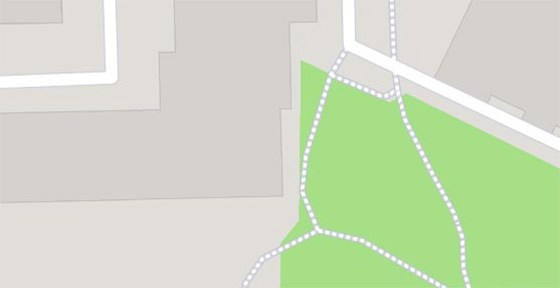Fulham Palace
Fulham Palace is located in the area that was already inhabited in the Neolithic and Roman times, and from the 7th century became the seat of the London bishopric. The palace, being a mixture of various architectural styles, received the form preserved to this day during the reign of Henry VII (1485-1509). It is currently open to the public - it offers a walk in the park and visits to the interiors (chapel, library, dining room, auditorium) and an exhibition presenting the history of the palace.
The park adjacent to the palace has a botanical garden, which dates back to the second half. 16th century, when the first tamarisk bushes were planted here. During the reign of Bishop Henry Compton (1675-1713) the garden gained fame on a European scale. The hierarchy responsible for the Anglican church in the world, having botanical ambitions, imported rare species of trees and shrubs. The garden was the first place in Europe where magnolias were grown, cork oak and black walnut were planted in the park. At the end of the 19th century, as a part of refreshing the garden and park, many valuable trees were cut down. One of the remains of the original vegetation is the monumental specimen of the oak tree, whose age is estimated at about 500 years.
In the 1970s, Fulham Palace ceased to be church property. In 2016, many years of reconstruction work in the palace and park were completed, the purpose of which was to open the facility to visitors and to create an art gallery and interior museum. Currently, apart from museum functions, Fulham Palace is a popular place to organize outdoor events, company and wedding receptions.
Attractions inside




